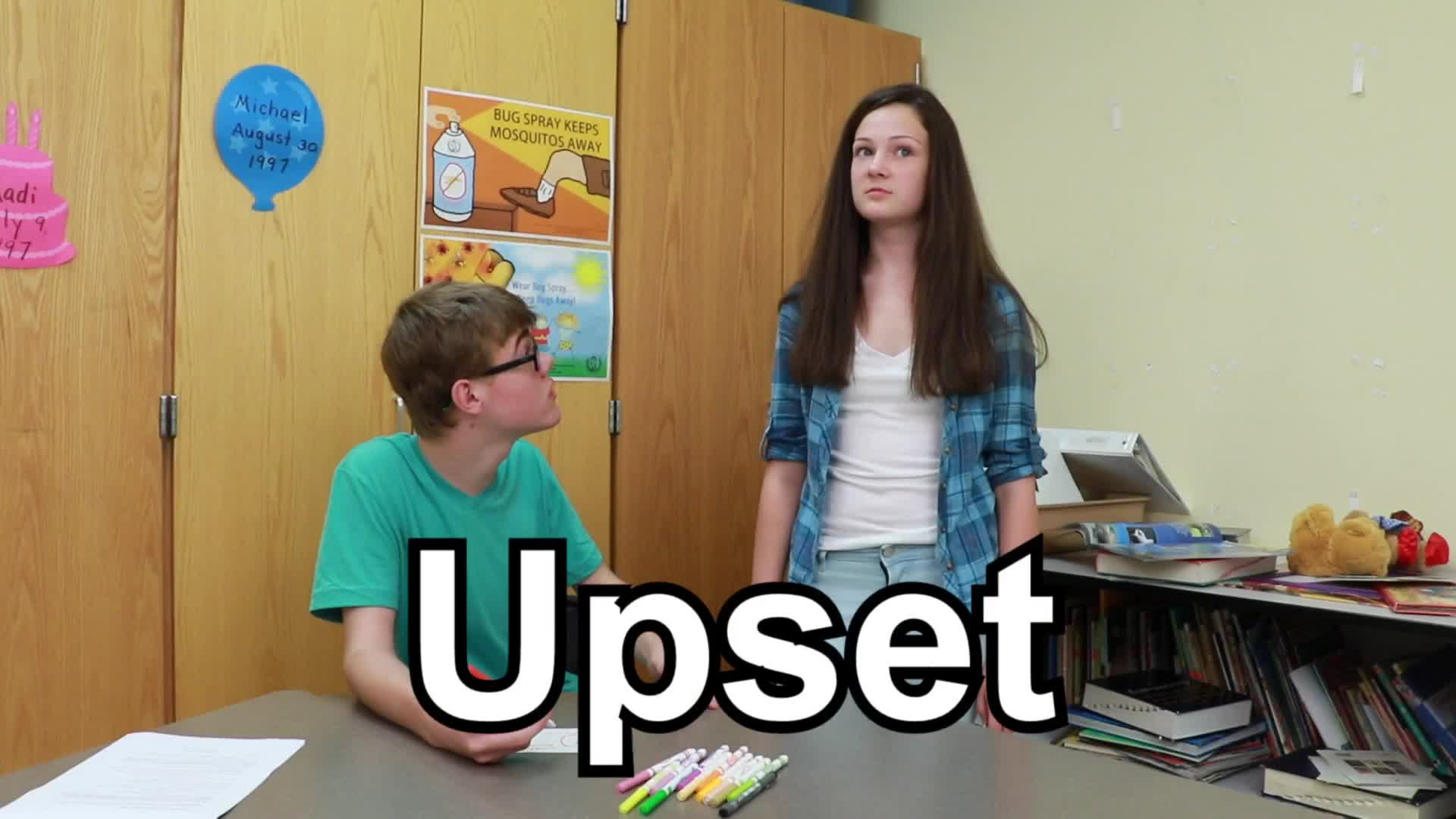
Introduction
In today’s interconnected world, it is essential for students to develop empathy and an understanding of different thoughts and feelings. This blog post aims to provide educators with an easy-to-follow guide on teaching elementary students the importance of considering others’ perspectives during conflicts or disagreements. By incorporating principles of Social-Emotional Learning, students can learn to navigate social situations more effectively and maintain healthy relationships with peers.
No-Prep Activity: The Perspective Switch
The Perspective Switch is a simple, no-prep activity that helps students practice putting themselves in someone else’s shoes. To begin, have students pair up and come up with a common conflict or disagreement that they might encounter in their daily lives (e.g. sharing toys, waiting in line). Next, ask each student to take a few moments to think about how they would feel in that situation and what they might say or do. Then, have them switch roles and imagine how the other person involved in the conflict might feel, and what they might say or do. Encourage students to share their thoughts with their partner and discuss any differences between their initial reactions and the perspective of the other person. This activity helps students develop empathy and a better understanding of how others might feel in different situations.
Discussion Questions
- How did it feel to imagine yourself in the other person’s shoes during the conflict? Was it easy or difficult?
- Did you notice any differences between how you initially felt about the situation and how the other person might have felt? If so, what were they?
- How can considering the feelings of others during conflicts or disagreements help us build better relationships and solve problems more effectively?
- Can you think of a time when you didn’t consider someone else’s feelings during a disagreement? How might the outcome have been different if you had?
- Why is it important to practice empathy and understanding in our daily lives, even when we’re not in conflict with others?
Related Skills
Developing empathy and understanding different thoughts and feelings is a crucial aspect of Social-Emotional Learning. Other related skills that can be beneficial for students to learn include:
- Active listening: Paying close attention to what others are saying and responding thoughtfully.
- Conflict resolution: Effectively addressing disagreements and finding solutions that work for all parties involved.
- Emotion regulation: Managing one’s own emotions in a healthy and appropriate manner.
- Respect: Treating others with kindness and consideration, regardless of their beliefs or differences.
- Teamwork and collaboration: Working together to achieve common goals and solve problems.
Next Steps
Now that you have a better understanding of how to teach empathy and help students recognize different thoughts and feelings, it’s time to put these skills into practice. To access free sample materials and explore other valuable resources for teaching Social-Emotional Learning, be sure to sign up for free samples at Everyday Speech. With these tools, you’ll be well-equipped to help your students develop the essential skills they need to navigate the social world and build healthy, lasting relationships.

